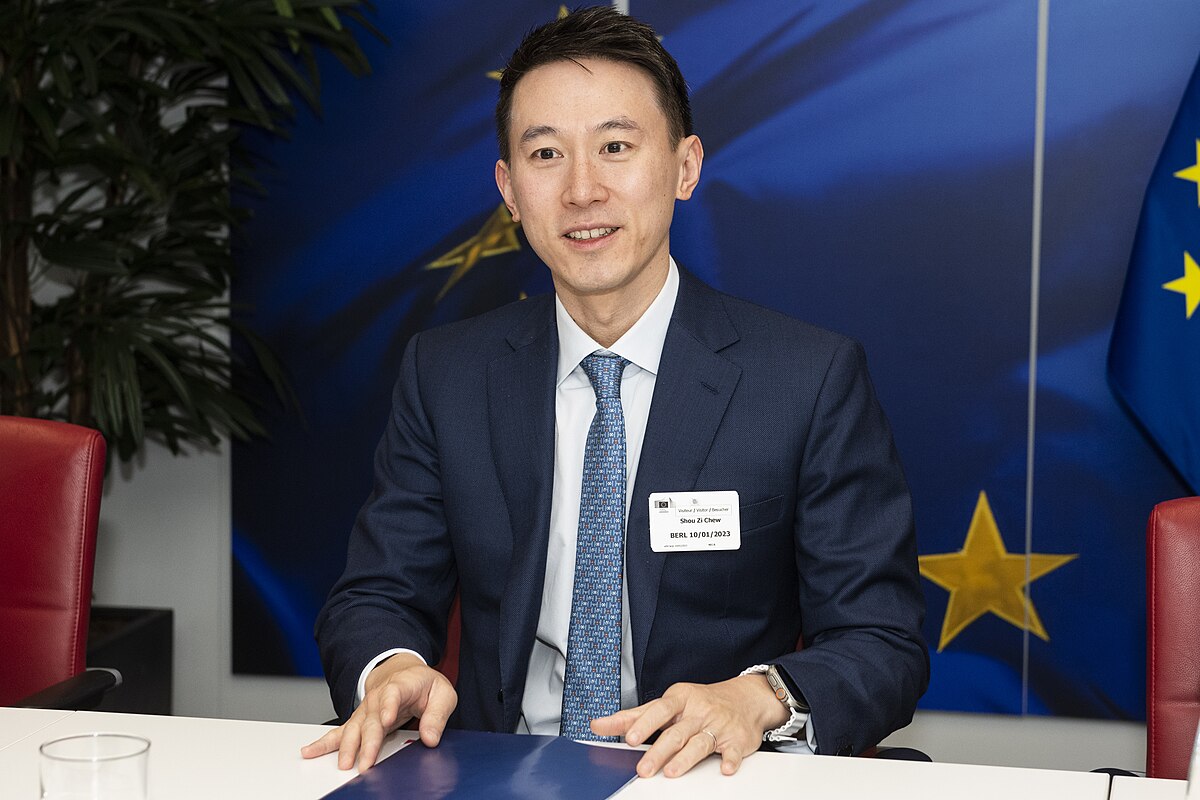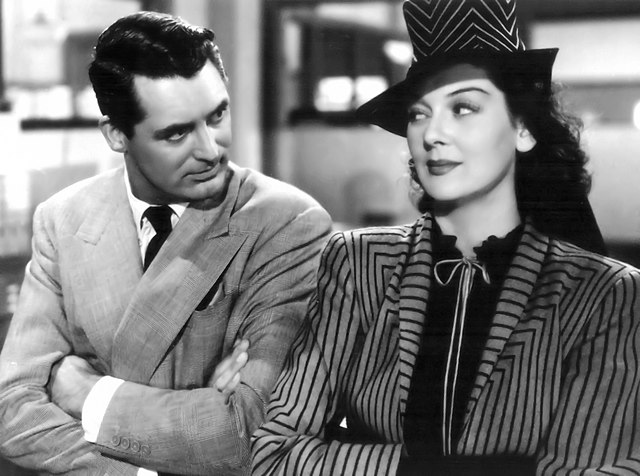This week, as a rider to the 21st Century Peace Through Strength Act, which provides funding for defense in Ukraine, Israel, and Taiwan, the US Congress passed provisions for banning the distribution of TikTok if owner ByteDance has not divested it within 270 days. President Joe Biden signed it into law on Wednesday, and, as Mike Masnick says at Techdirt, ByteDance’s lawsuit is imminently expected, largely on First Amendment grounds. ACLU agrees. Similar arguments won when ByteDance challenged a 2023 Montana law.
For context: Pew Research says TikTok is the fifth-most popular social media service in the US. An estimated 150 million Americans – and 62% of 18-29-year-olds – use it.
The ban may not be a slam-dunk to fail in court. US law, including the constitution, includes many restrictions on foreign influence, from requiring registration for those acting as agents to requiring presidents to have been born US citizens. Until 2017, foreigners were barred from owning US broadcast networks.
So it seems to this non-lawyer as though a lot hinges on how the court defines TikTok and what precedents apply. This is the kind of debate that goes back to the dawn of the Internet: is a privately-owned service built of user-generated content more like a town square, a broadcaster, a publisher, or a local pub? “Broadcast”, whether over the air or via cable, implies being assigned a channel on a limited resource; this clearly doesn’t apply to apps and services carried over the presumably-infinite Internet. Publishing implies editorial control, which social media lacks. A local pub might be closest: privately owned, it’s where people go to connect with each other. “Congress may make no law…abridging the freedom of speech”…but does that cover denying access to one “place” where speech takes place when there are many other options?
TikTok is already banned in Pakistan, Nepal, and Afghanistan, and also India, where it is one of 500 apps that have been banned since 2020. ByteDance will argue that the ban hurts US creators who use TikTok to build businesses. But as NPR reports, in India YouTube and Instagram rolled out short video features to fill the gap for hyperlocal content that the loss of TikTok opened up, and four years on creators have adapted to other outlets.
It will be more interesting if ByteDance claims the company itself has free speech rights. In a country where commercial companies and other organizations are deemed to have “free speech” rights entitling them to donate as much money as they want to political causes (as per the Supreme Court’s ruling in Citizens United v. Federal Election Commission), that might make a reasonable argument.
On the other hand, there is no question that this legislation is full of double standards. If another country sought to ban any of the US-based social media, American outrage would be deafening. If the issue is protecting the privacy of Americans against rampant data collection, then, as Free Press argues, pass a privacy law that will protect Americans from *every* service, not just this one. The claim that the ban is to protect national security is weakened by the fact that the Chinese government, like apparently everyone else, can buy data on US citizens even if it’s blocked from collecting it directly from ByteDance.
Similarly, if the issue is the belief that social media inevitably causes harm to teenagers, as author and NYU professor Jonathan Haidt insists in his new book, then again, why only pick on TikTok? Experts who have really studied this terrain, such as Danah Boyd and others, insist that Haidt is oversimplifying and pushing parents to deny their children access to technologies whose influence is largely positive. I’m inclined to agree; between growing economic hardship, expanding wars, and increasing climate disasters young people have more important things to be anxious about than social media. In any case, where’s the evidence that TikTok is a bigger source of harm than any other social medium?
Among digital rights activists, the most purely emotional argument against the TikTok ban revolves around the original idea of the Internet as an open network. Banning access to a service in one country (especially the country that did the most to promote the Internet as a vector for free speech and democratic values) is, in this view, a dangerous step toward the government control John Perry Barlow famously rejected in 1996. And yet, to increasing indifference, no-go signs are all over the Internet. *Six* years after GDPR came into force, Europeans are still blocked from many US media sites that can’t be bothered to comply with it. Many other media links don’t work because of copyright restrictions, and on and on.
The final double standard is this: a big element in the TikTok ban is the fear that the Chinese government, via its control over companies hosted there, will have access to intimate personal information about Americans. Yet for more than 20 years this has been the reality for non-Americans using US technology services outside the US: their data is subject to NSA surveillance. This, and the lack of redress for non-Americans, is what Max Schrems’ legal cases have been about. Do as we say, not as we do?
Illustrations: TikTok CEO Shou Zi Chew, at the European Commission in 2024 (by Lukasz Kobus at Wikimedia).
Wendy M. Grossman is the 2013 winner of the Enigma Award. Her Web site has an extensive archive of her books, articles, and music, and an archive of earlier columns in this series. She is a contributing editor for the Plutopia News Network podcast. Follow on Mastodon.




